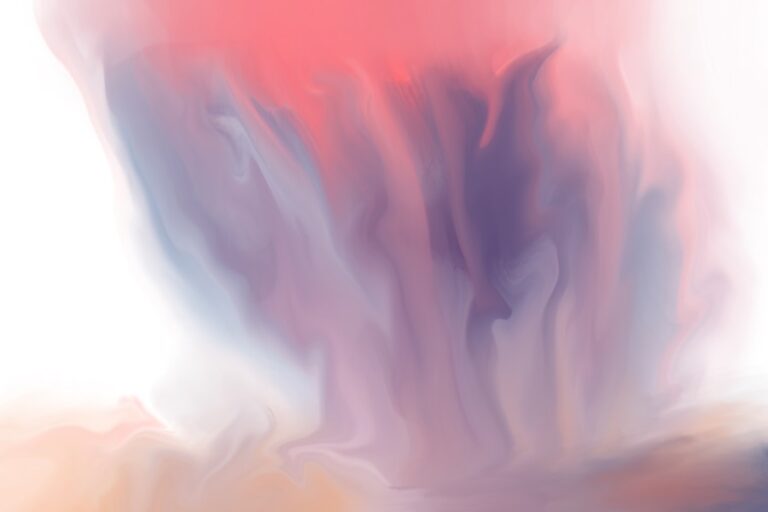Capturing Nature’s Beauty: The Art of Creating Digital Landscape Art
Digital landscape art is a form of visual art that involves creating landscapes using digital tools and techniques. It has become increasingly popular in recent years, as advancements in technology have made it easier for artists to create stunning and realistic landscapes on their computers or tablets. Digital landscape art allows artists to explore and depict the beauty of nature in a unique and innovative way, using a variety of digital brushes, textures, and colors to bring their visions to life. This form of art offers endless possibilities for creativity and expression, as artists can manipulate and transform their landscapes in ways that would be impossible with traditional media. Whether it’s a serene mountain scene, a vibrant sunset, or a peaceful forest, digital landscape art allows artists to capture the essence of nature and share it with the world.
Tools and Techniques for Creating Digital Landscape Art
Creating digital landscape art requires a combination of technical skill and artistic vision. There are a variety of digital tools and techniques that artists can use to bring their landscapes to life. One of the most popular tools for digital landscape art is digital painting software, such as Adobe Photoshop or Corel Painter. These programs offer a wide range of brushes, textures, and blending modes that allow artists to create realistic and detailed landscapes. In addition to digital painting software, artists can also use 3D modeling software to create three-dimensional landscapes, or photo editing software to manipulate and enhance photographs of real landscapes. No matter which tools an artist chooses to use, the key to creating compelling digital landscape art lies in mastering the techniques of composition, perspective, depth, texture, color, and light.
Finding Inspiration in Nature for Digital Landscape Art
Nature is a boundless source of inspiration for digital landscape artists. From the grandeur of mountains to the tranquility of a meandering stream, the beauty of the natural world offers endless possibilities for creating stunning landscapes. Artists can find inspiration in a variety of natural settings, including forests, deserts, oceans, and urban landscapes. They can also draw inspiration from the changing seasons, weather patterns, and the play of light and shadow on the land. Many artists also find inspiration in the work of other landscape painters, both traditional and digital, as well as in photography and other visual arts. By immersing themselves in the beauty of nature and studying the work of other artists, digital landscape artists can develop a deep understanding of the elements that make landscapes visually compelling.
Understanding Composition and Perspective in Digital Landscape Art
Composition and perspective are essential elements of creating compelling digital landscape art. Composition refers to the arrangement of elements within the artwork, including the placement of objects, the use of lines and shapes, and the overall balance of the image. Perspective refers to the way in which objects appear to the eye based on their distance from the viewer. By understanding how to use composition and perspective effectively, artists can create landscapes that draw the viewer in and evoke a sense of depth and space. They can use techniques such as leading lines, framing, and the rule of thirds to guide the viewer’s eye through the landscape and create a sense of movement and flow. Understanding composition and perspective allows artists to create landscapes that feel immersive and realistic, drawing the viewer into the scene and inviting them to explore its depths.
Adding Depth and Texture to Digital Landscape Art
Adding depth and texture to digital landscape art is essential for creating realistic and visually compelling landscapes. Depth can be achieved through the use of atmospheric perspective, which involves creating a sense of distance by making objects in the background appear lighter and less detailed than those in the foreground. Artists can also use overlapping shapes, scale, and size variation to create a sense of depth within their landscapes. Texture is another important element in digital landscape art, as it adds visual interest and tactile quality to the artwork. Artists can use a variety of digital brushes and textures to create different surface qualities within their landscapes, such as rough tree bark, smooth water surfaces, or soft clouds in the sky. By carefully considering depth and texture, artists can create landscapes that feel rich and immersive, inviting viewers to explore their intricacies.
Enhancing Colors and Light in Digital Landscape Art
Colors and light play a crucial role in digital landscape art, as they can evoke mood, atmosphere, and emotion within the artwork. Artists can use color theory to create harmonious color palettes that convey a sense of unity and balance within their landscapes. They can also use color contrast to create visual interest and draw attention to specific areas within the artwork. Light is another important element in digital landscape art, as it can create a sense of drama and atmosphere within the scene. Artists can use techniques such as chiaroscuro (the use of strong contrasts between light and dark) to create a sense of depth and volume within their landscapes. They can also use color temperature to convey different times of day or weather conditions within their artwork. By carefully considering colors and light, artists can create landscapes that feel vibrant, dynamic, and full of life.
Sharing and Showcasing Digital Landscape Art on Social Media and Online Platforms
Once digital landscape art is created, artists can share and showcase their work on social media and online platforms to reach a wider audience. Social media platforms such as Instagram, Facebook, and Twitter provide artists with an opportunity to connect with other artists, collectors, and art enthusiasts from around the world. Artists can use these platforms to share their artwork, engage with their audience, and build a following for their work. Online platforms such as DeviantArt, ArtStation, and Behance provide artists with a space to showcase their portfolios, connect with other artists, and even sell their artwork. By sharing their digital landscape art on social media and online platforms, artists can gain exposure for their work, receive feedback from their audience, and connect with potential buyers or collaborators. This allows them to build a community around their artwork and establish themselves as professional digital landscape artists.
In conclusion, digital landscape art offers endless possibilities for creativity and expression, allowing artists to explore the beauty of nature in innovative ways using digital tools and techniques. By mastering composition, perspective, depth, texture, color, and light, artists can create stunning landscapes that draw viewers in and evoke a sense of wonder and awe. By sharing their artwork on social media and online platforms, artists can connect with a global audience and build a community around their work. As technology continues to advance, digital landscape art will only continue to grow in popularity as a vibrant and dynamic form of visual art.




